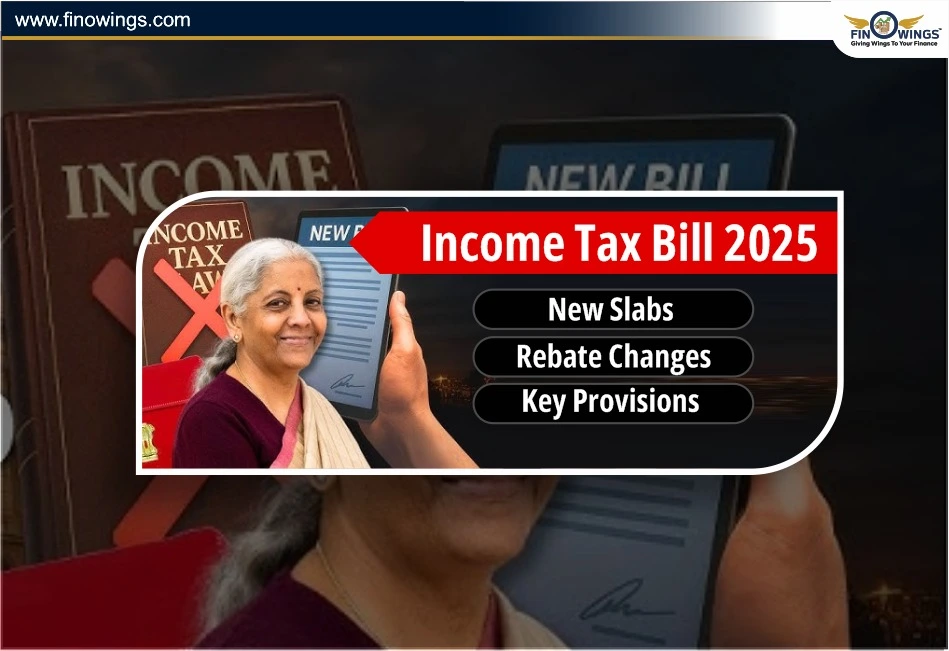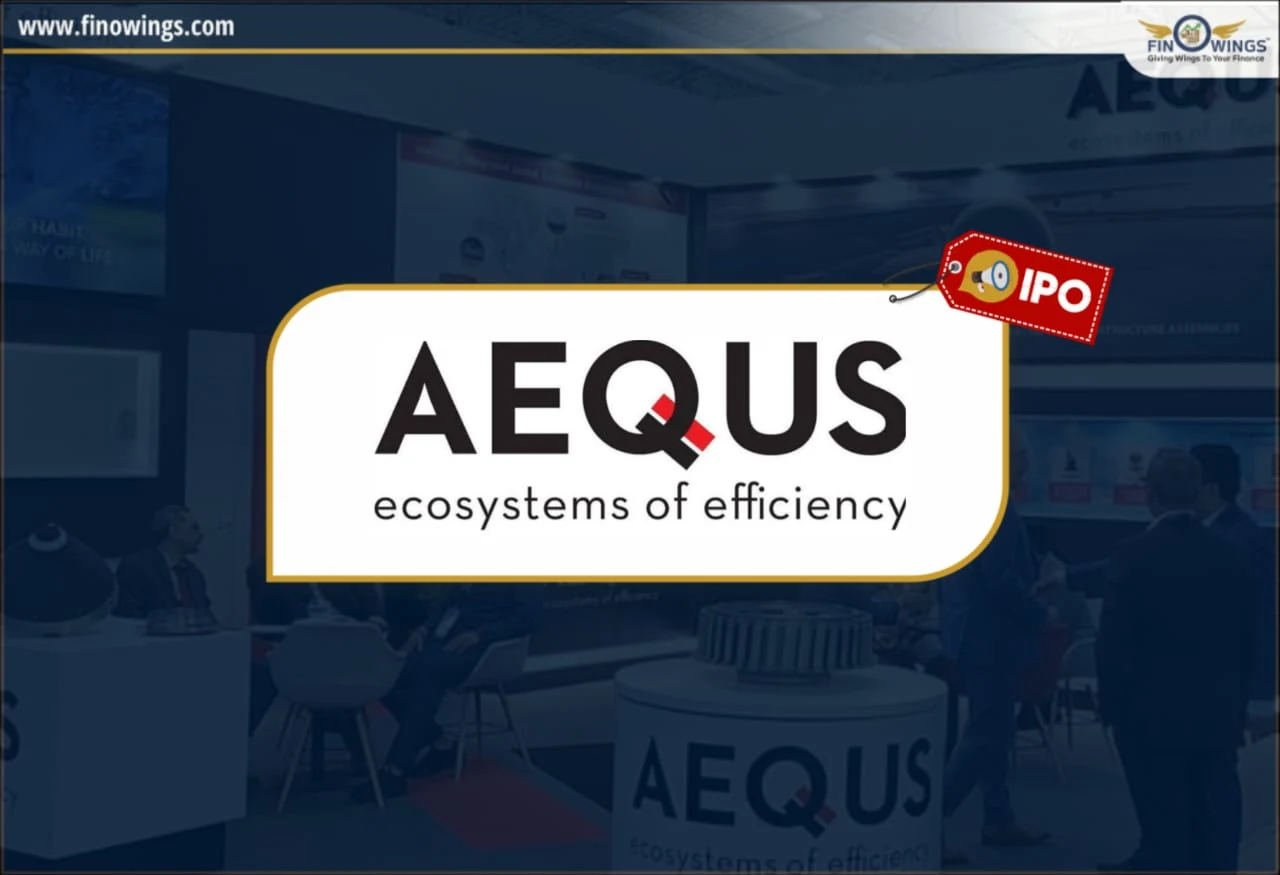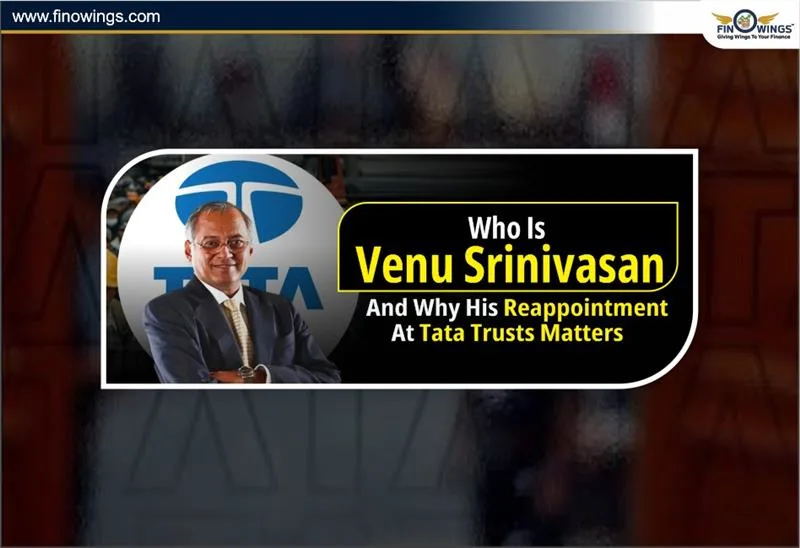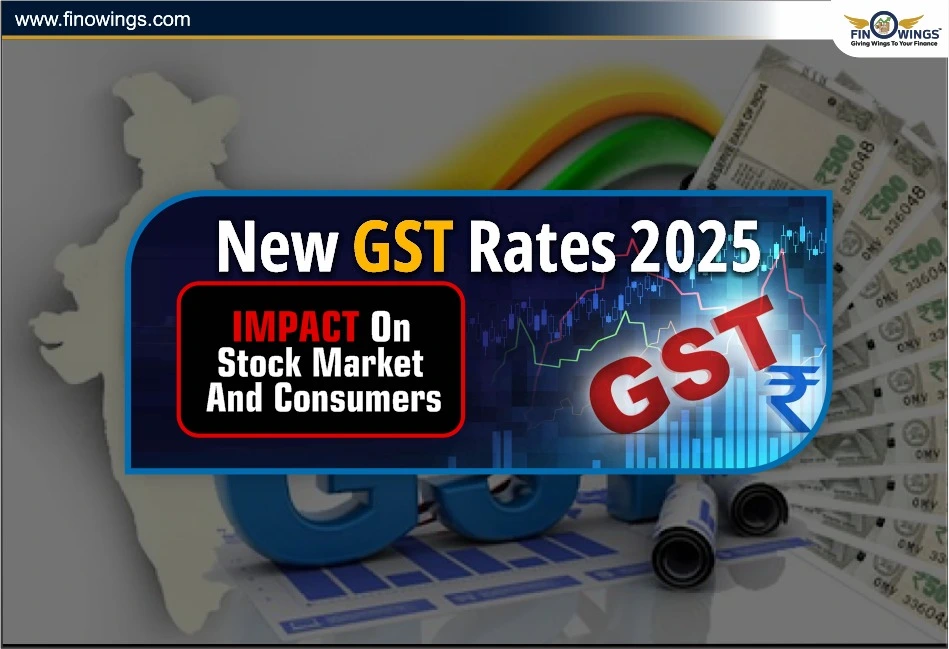Home >> Blog >> Income Tax Bill 2025 - New Slabs, Rebate Changes, Key Provisions
Income Tax Bill 2025 - New Slabs, Rebate Changes, Key Provisions

Table of Contents
India’s Union Finance Minister tabled the revised Income Tax Bill in the Lok Sabha (lower house of the Parliament) on August 11, 2025. The present version of the proposed legislation carries most of the 285 recommendations that were put forward by the Select Committee and through public feedback.
The proposed Bill has been passed in the Lok Sabha which aims to simplify the tax system for all and is built on core "SIMPLE" principles.
|
Letter |
Meaning |
|
S |
Streamlined structure & language |
|
I |
Integrated & concise |
|
M |
Minimized litigation |
|
P |
Practical & Transparent |
|
L |
Learn & Adapt |
|
E |
Efficient Tax Reforms |
The Bill intends to replace the six-decade-old Income Tax Act, 1961 to modernize and consolidate India's income tax regulations. The goal of the new measure is to streamline the tax code by cutting the Income Tax Act, 1961's existing 800+ sections to 536.
The Bill broadens the powers of income tax officials and allows them to forcibly break into personal emails and social media accounts of assessees during search operations
Income Tax Bill, 2025: Key provisions
The Select Committee has had almost all of their suggestions approved by the policy makers. The report also states that some attempts to improve the wording and precise clauses have their intended meaning, especially the legal meaning, after considering different stakeholders’ inputs.
Clause 2021: New tax regime (1)
The new tax structure is established under clause 202(1). Individuals, Hindu Undivided Families (HUFs), and taxpayers.
|
Income Tax Slab — New Regime |
Tax Rate |
|
Up to Rs. 4,00,000 |
No tax |
|
Rs. 4,00,001 to Rs. 8,00,000 |
5% |
|
Rs. 8,00,001 to Rs. 12,00,000 |
10% |
|
Rs. 12,00,001 to Rs. 16,00,000 |
15% |
|
Rs. 16,00,001 to Rs. 20,00,000 |
20% |
|
Rs. 20,00,001 to Rs. 24,00,000 |
25% |
|
Above Rs. 24,00,000 |
30% |
Income tax rebate under Section 87A provisions
The amended income tax bill's Chapter IX contains several articles that carry over the regulations pertaining to the Section 87A refund from the Income Tax Act of 1961.
The rebate is calculated on the income tax payable before deductions. It is available only to resident individuals in India and is subject to certain income limits.
|
Income Tax Rebate Condition |
Existing Limit |
New Tax Regime (Clause 202(1)) |
|
Maximum rebate |
Rs. 12,500 or full tax payable (whichever is lower) |
Rs. 60,000 or full tax payable (whichever is lower) |
|
Income eligibility for full rebate |
Total income ≤ Rs. 5,00,000 |
Per new slab rates, a full rebate is available within the eligible income range |
For incomes above INR 1.2 million, if the tax payable exceeds the amount by which the total income is greater than INR 1.2 million, the rebate will equal the excess amount.
In all cases, the rebate cannot exceed the income tax payable per the slab rates in Clause 202(1).
Eligibility for Section 87A rebate
The rebate under Section 87A is available only to individuals who qualify as residents of India.
Income exclusions from Section 87A rebate
-
Certain categories of income are excluded from this rebate. Specifically, you cannot claim the Section 87A rebate on gains from the selling of listed equity shares over the long term (LTCG).
-
Section 112A of the Income Tax Act of 1961 now taxes LTCG from equity-oriented mutual funds.
-
The rebate advantage is not applicable to this component of the tax burden, and these capital gains are subject to a fixed tax rate of 12.5%.
Other tax reliefs and compliance easing
The revised bill also introduces clearer provisions for tax deductions on commuted pensions—lump-sum pension payments—received by certain taxpayers. This applies to pensions drawn from approved funds listed in Schedule VII of the bill (for example, the LIC Pension Fund).
In the previous draft, this exemption was not explicitly mentioned, prompting the Parliamentary Select Committee to recommend its inclusion.
The revised bill also delivers broader compliance relief. It removes the levy of Alternate Minimum Tax (AMT) on limited liability partnerships (LLPs), eases earlier restrictions on charitable trusts, and relaxes provisions related to transfer pricing (TP), including the definition of “Associated Enterprise” to which these rules apply.
Select Committee’s recommendation on the income tax bill
In July, the Select Committee comprising 31 Members of Parliament (MPs) submitted a comprehensive report spanning over 4,500 pages. The document outlines a wide range of recommendations for refining the draft Income Tax Bill.
One of the most notable suggestions is the introduction of greater flexibility for tax refunds, even in cases where returns are filed after the due date. The committee also recommended reinstating the Section 80M deduction for inter-corporate dividends, a move that could benefit corporate taxpayers by reducing double taxation on distributed profits.
Here are some of the other recommendations put forth by the Select Committee on the Income Tax Bill, 2025:
-
Advance NIL-TDS (tax deducted at source) certification: Enabling individuals with no tax liability to secure a NIL-TDS certificate in advance. At present, late filing of TDS returns attracts a fee of INR 200 per day under Section 234E of the Income Tax Act, 1961.
-
Vacant property tax relief: Eliminating the notional rent-based tax levy on unoccupied properties.
-
Clarity in property income calculations: Applying the 30 percent standard deduction after deducting municipal taxes and extending home loan interest deductions to rented properties.
-
Procedural improvements: Revising advance ruling fees, addressing TDS on provident fund withdrawals, and clarifying the scope of penal provisions.
-
MSME definition alignment: Adopting the definition under the MSME Act for consistency.
-
Property classification clarity: Modifying the term “occupied” to avoid confusion between residential and commercial usage.
-
Pension benefit expansion: Extending the commuted pension deduction to individuals who are not former employees.
-
More powers of income tax officials and allows them to forcibly break into personal emails and social media accounts of assessee during search operations
Income Tax Act, 1961, vs. Income Tax Bill, 2025: Key differences
-
The old Income Tax Act language and structure have often proved confusing for the common man. The new bill has been brought with the intention of changing it completely.
-
The Income Tax Bill, 2025 seeks to replace this framework with a modern, streamlined structure.
-
The Bill has around 2.59 lakh words compared with the 5.12 lakh words in the Income Tax Act, 1961. The number of chapters has been brought down to 23 from 47 and the number of Sections to 536 from 819.
-
In order to provide greater clarity, the new Bill has increased the number of tables to 57 from 18 and the number of formulae to 46 from six.
-
It introduces a unified term, “Tax Year,” in place of the earlier distinction between “Previous Year” and “Assessment Year.”
-
CBDT has been given more power to make rules according to the digital age.
-
In simple words, the new law will be much easier to read, understand and implement than the old one.
Summary
The Income Tax Bill, 2025 is an essential step for modernizing India’s tax framework. By incorporating extensive parliamentary and public feedback, introducing a simplified tax regime, refining rebate provisions, and removing outdated clauses. The bill also aims to make compliance easier while ensuring fairness and clarity for taxpayers across the country.
DISCLAIMER: This blog is NOT any buy or sell recommendation. No investment or trading advice is given. The content is purely for educational and information purposes only. Always consult your eligible financial advisor for investment-related decisions.
Author
Frequently Asked Questions
The Income Tax Bill, 2025 aims to replace the outdated Income Tax Act, 1961 with a simpler, modern, and more transparent tax law. It reduces 800+ sections to 536, follows the new “SIMPLE” principles, and streamlines compliance for individuals and businesses.
Under the new regime, income up to ₹4 lakh is tax-free, followed by progressive rates of 5%, 10%, 15%, 20%, 25%, and 30% for higher income brackets. The slabs are designed to simplify calculation and reduce disputes while offering a clearer tax structure for taxpayers.
The maximum rebate has been increased from ₹12,500 to ₹60,000 for eligible resident individuals. Full rebate applies within the prescribed income range, but it cannot exceed total calculated tax. However, long-term capital gains (LTCG) on listed equities are excluded from this rebate.
The bill removes AMT for LLPs, eases norms for charitable trusts, expands transfer pricing clarity, improves rules for commuted pension exemptions, and simplifies property income calculations. Home loan interest deductions, NIL-TDS certification, and vacant property tax relief are also included.
The new bill reduces chapters from 47 to 23 and sections from 819 to 536. It cuts word count by nearly half, adds more tables and formulae for clarity, introduces the unified term “Tax Year,” and expands CBDT’s rule-making powers to match the digital age. Overall, it is more readable, concise, and citizen-friendly.



















